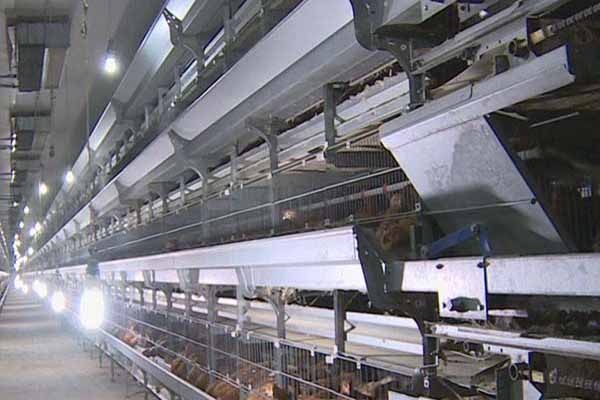Battery Cage Systems for Layers in Kenya: A Comprehensive Guide
Understanding the Market for 20,000 Layer Chicken Battery Cages in Kenya
The Kenyan poultry industry is witnessing significant growth, with an increasing demand for eggs. As a result, farmers and investors are looking for efficient and cost-effective solutions to meet this demand. One such solution is the installation of battery cages for laying hens. This article delves into the market for 20,000 layer chicken battery cages in Kenya, providing valuable insights for farm owners and investors.
Market Overview
Kenya’s egg consumption has been steadily rising, with an annual growth rate of approximately 5%. This increase is driven by a growing middle class and urbanization. As of 2023, the country’s egg production stands at around 3.2 billion eggs per year, with a potential to grow further.
Benefits of Battery Cages
Battery cages offer several advantages over traditional floor-based systems:
– Space Efficiency: Battery cages maximize space utilization, allowing for the housing of a higher number of birds per square meter.
– Health and Hygiene: These cages help in maintaining better hygiene conditions, reducing the risk of diseases.
– Egg Quality: Battery cages contribute to better egg quality due to controlled environmental conditions.
– Reduced Labor Costs: With automated feeding and cleaning systems, battery cages can reduce labor costs.
Cost Analysis
The cost of setting up a 20,000-layer battery cage system in Kenya varies depending on the quality and features of the equipment. On average, the initial investment for a complete system can range from $50,000 to $80,000. However, this cost can be further optimized by choosing the right supplier and equipment.
Key Factors to Consider
When investing in a battery cage system for 20,000 laying hens, consider the following factors:
– Quality of Equipment: Invest in high-quality, durable cages to ensure long-term performance.
– Supply Chain: Establish a reliable supply chain for feed, water, and other necessities.
– Training: Ensure that your staff is well-trained in the maintenance and operation of the battery cage system.
– Compliance: Adhere to local regulations and standards for poultry farming.
Conclusion
Investing in a battery cage system for layers in Kenya can be a lucrative venture. However, it is crucial to conduct thorough market research and invest in high-quality equipment to ensure a successful operation.
For further information and to receive a free, detailed design and equipment quote for your 20,000-layer battery cage system, please feel free to leave a comment below or contact us directly.


